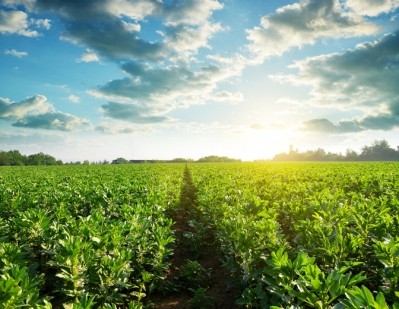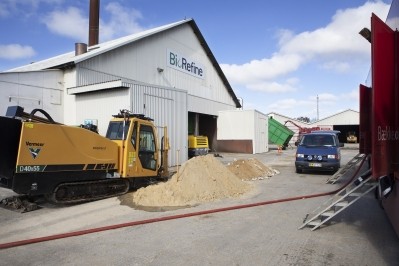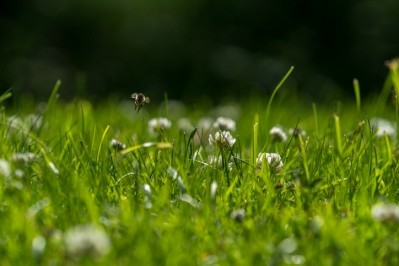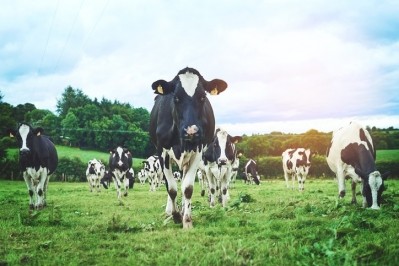Danish feed protein production: The future looks green
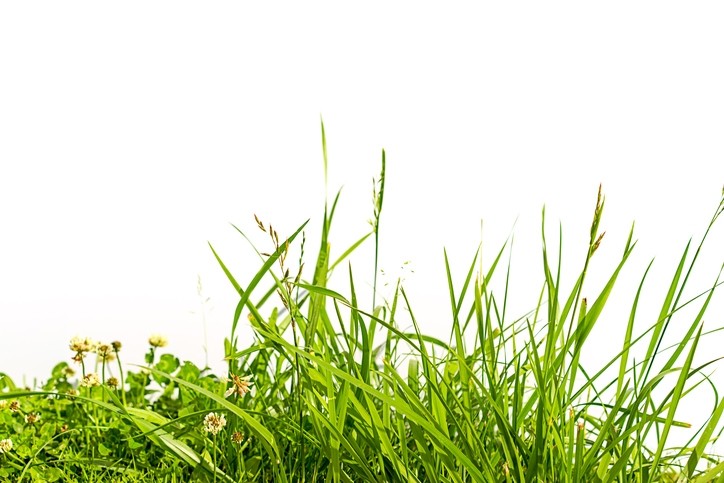
All it requires is innovation scale-up and greater interest from the feed industry, John Hermansen, senior researcher, Department of Agroecology, Aarhus University, Denmark, told FeedNavigator.
He co-authored a report with Morten Gylling, senior adviser in the Department of Food and Resource economics at the University of Copenhagen, analyzing future protein markets and mapping the potential of various new protein sources for both food and feed in Denmark.
Background
The report had been requested by Denmark’s Ministry of Food and Environment.
The Danish government is looking to effectively promote the development of a sustainable Danish bioeconomy, and, in that context, has set up the National Bioeconomy Panel; one of the issues to be addressed by the panel is how Denmark can obtain more economical and sustainable biomass:
“The government wants to investigate, to figure out, that if it were to prioritize feed and food protein production under the bioeconomy, that if it were to put extra time and effort and resources into an area of protein innovation, it needs to know which would be the most promising, the best ones to promote.
“We as university [researchers] were asked to prepare a report [to help the Ministry identify the best candidates in that regard].”
Denmark is importing some protein for food, but mostly for feed. The country’s farmed animal industry uses about 1.5m tons of soybean meal annually in feed, and most of that is imported from Argentina and Brazil, he said
“The question was whether there was an opportunity for meeting that [feed protein] demand by upgrading our local biomass resources.”
His and Gylling’s report contains data sheets for a range of potential new feed protein sources including grass, fava beans, starfish, mussels, seaweed, insects, microalgae and bacteria.
Protein derived from grass biomass shows the most potential for now, said Hermansen.
There is a lot of research underway already in that country into obtaining high value feed protein fractions from grass biomass; some of it is still at the pilot scale, some initiatives are on their way to becoming commercial, he noted.
He estimated that such sources could provide approximately half of Denmark’s current animal feed protein needs.
The researchers involved in those projects are demonstrating that they can yield a product containing up to 46% of crude protein and a balanced amino acid profile, comparable with soybeans, from biomass like red clover, clover grass, alfalfa and oilseed radish, he said.
Feed trials of such products in monogastric animals are also showing promising outcomes.
Mette Lubeck, associate professor, at Denmark’s Aalborg University has been carrying out research into the refining of proteins from clover grass to get high quality feed products for monogastric animals and for dairy cows, with favorable results.
She co-founded a company, BiomassProtein, in August last year, a technology platform to extract proteins from grass for use in both animal feed and human consumption applications.
She spoke at our event last March in Amsterdam - Feed Protein Vision - on this topic.
Such production requires testing on a larger scale though, added Hermansen.
“Organic feed users might be the frontrunners on getting this [protein from grass] moving as they can pay more for such feed protein compared to conventional production, but the estimates we have right now shows it would not be completely out of range from an economical point of view for conventional production either,” said Hermansen.
With regard to the industrial products and biorefining of grass, there will also be a sidestream of by-products that can be used for energy purposes, among other things, he said.
“Another point is that Denmark has to reduce leaching of nitrogen to the aquatic environment. In some areas, they have had to close down cereal production because of the quite high loss of nitrogen related to cereal production. Whereas, if you cultivated grass instead, you would reduce the nitrogen leaching, so we think there are some areas in Denmark where there will be a push for new crops, and that could make [feed protein from grass biomass] more profitable.”
Feed industry backing required
He said the Danish government has set aside capital in the form of subsidies to help companies to establish grass biomass production, as well as supporting some pilots and demonstration facilities.
“What really is needed though is industry support. The feed sector has been a little too reluctant to invest in it. I do not think they are fully aware of the prospects. There needs to be some stimulus to get the feed industry involved. I think that is the main challenge now."
Feed sector engagement with this kind of innovation could facilitate speedier scale-up and could help to add value through additional by-products, or by driving improvement in the purity of protein fractions. "The feed industry needs to get involved to figure out the extra benefits.”
Looking at other sources, the report outlines how local faba bean production could provide up to 20% of Danish feed protein needs, and the researchers see bacteria derived feed protein sources as also promising, if somewhat challenged economically by current fishmeal prices.
However, he and his co-author noted numerous obstacles to generating big feed protein volumes when evaluating other candidates such as starfish, mussels, seaweed and insects.
Looking at microalgae derived protein as a model, they found that there is currently too much uncertainty in terms of cost and technology, but that picture could change in 10 years' time.
The report [which is only available in Danish] can be downloaded here.
